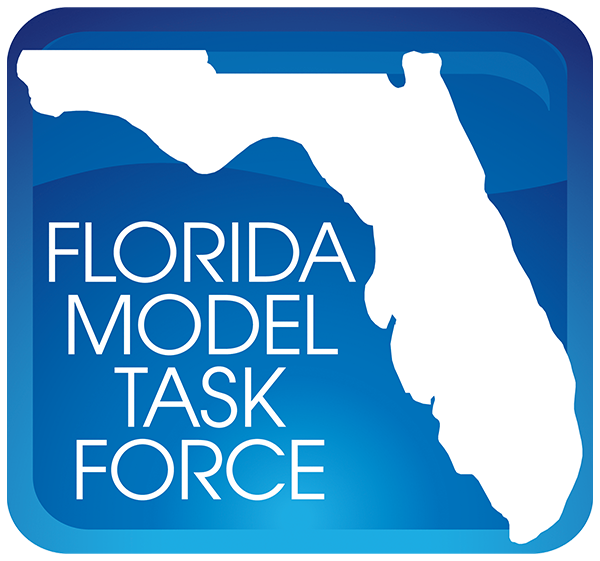

Posted Saturday, July 02, 2005
Travel demand models are for the purpose of estimating future travel demand given changes in transportation infrastructure and socioeconomics/demographics. Given that the methodologies in a travel demand model are a controlled factor, the effect of input data on the accuracy of the traffic volumes projected for a short term horizon has not yet been thoroughly investigated.
Posted Wednesday, June 01, 2005
Posted Wednesday, March 02, 2005
Current FSUTMS model uses a set of highway-transit speed curves based on facility type and area type to model the relationship between highway speed and transit speed. The drawbacks of this method include that there is considerable vagueness in the definition of area types and that transit boarding and alighting activities not considered in estimating transit travel time.
Posted Wednesday, June 02, 2004
In the current practice at the Florida Department of Transportation (FDOT), seasonal factors (SFs) are used in the calculation of annual average daily traffic (AADT) at portable traffic monitoring sites (PTMS). The permanent traffic monitoring sites (TTMSs) are first manually classified into different groups (known as seasonal categories) based on similarities in traffic characteristics of roads and on engineering judgment.
Posted Tuesday, June 01, 2004
Posted Saturday, February 14, 2004
Posted Wednesday, October 01, 2003
Posted Wednesday, October 01, 2003
Posted Tuesday, September 02, 2003
This project aims to address the well-known problem of inconsistent travel impedances that exists within FSUTMS' four-step traditional demand model by designing and implementing an automated feedback loop in FSUTMS. The direct method and Method of Successive Averages (MSA) method are used for implementing feedback.
Posted Tuesday, September 02, 2003
The standard highway assignment model in the Florida Standard Urban Transportation Model Structure (FSUTMS) is based on the equilibrium trip assignment method. The method involves running several iterations of all-or-nothing capacity-restraint assignment with an adjustment for travel time to reflect delays encountered in the associated iteration.
Posted Saturday, August 02, 2003
While it is generally agreed that transportation and land use interact with each other, the feedback mechanism in their relationship has not been well defined at a level of detail that adequately supports travel demand modeling. Most studies to date have been at metropolitan level, thus unable to account for interactions spatially and temporally at smaller geographic scales.
Posted Wednesday, July 02, 2003

